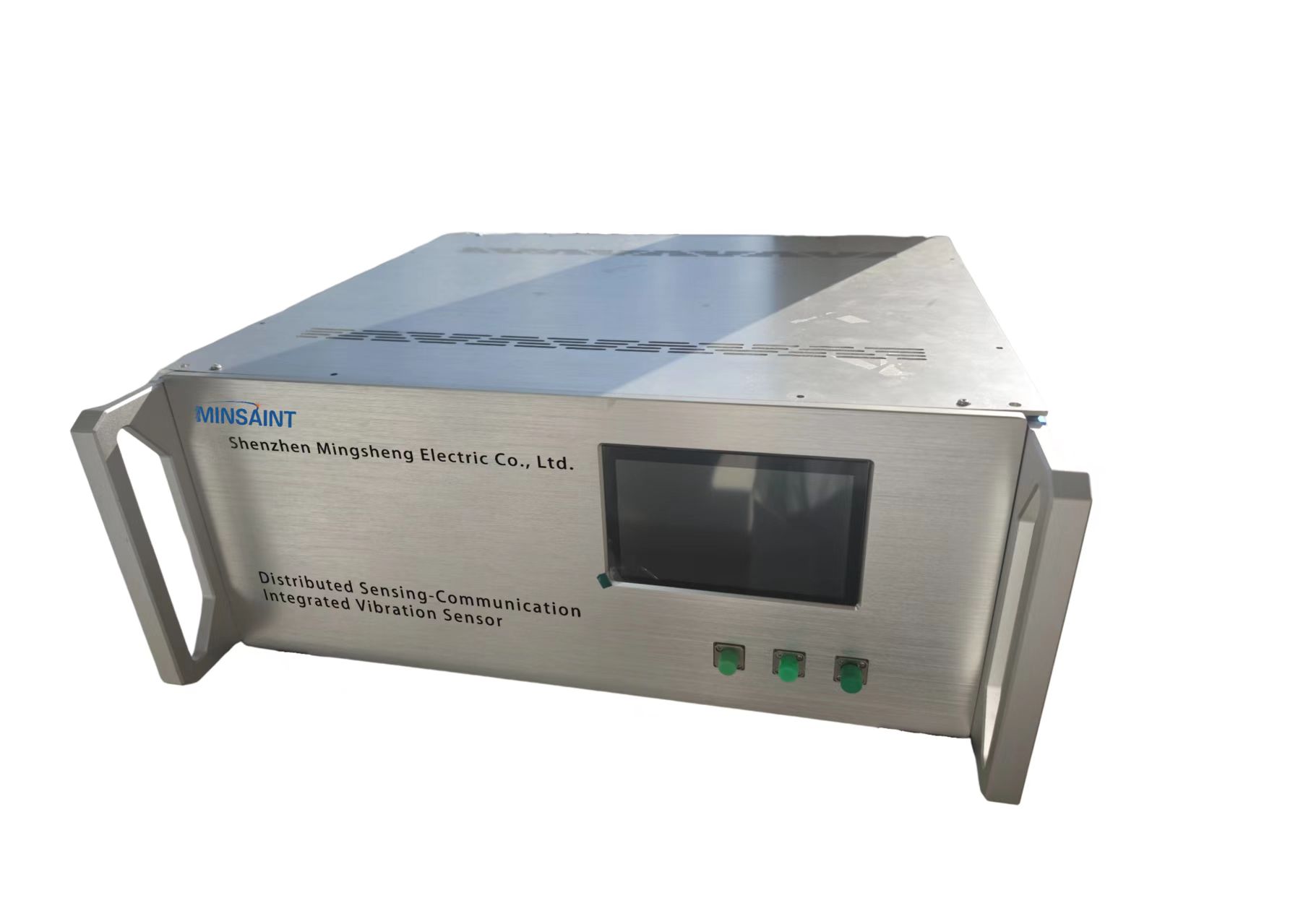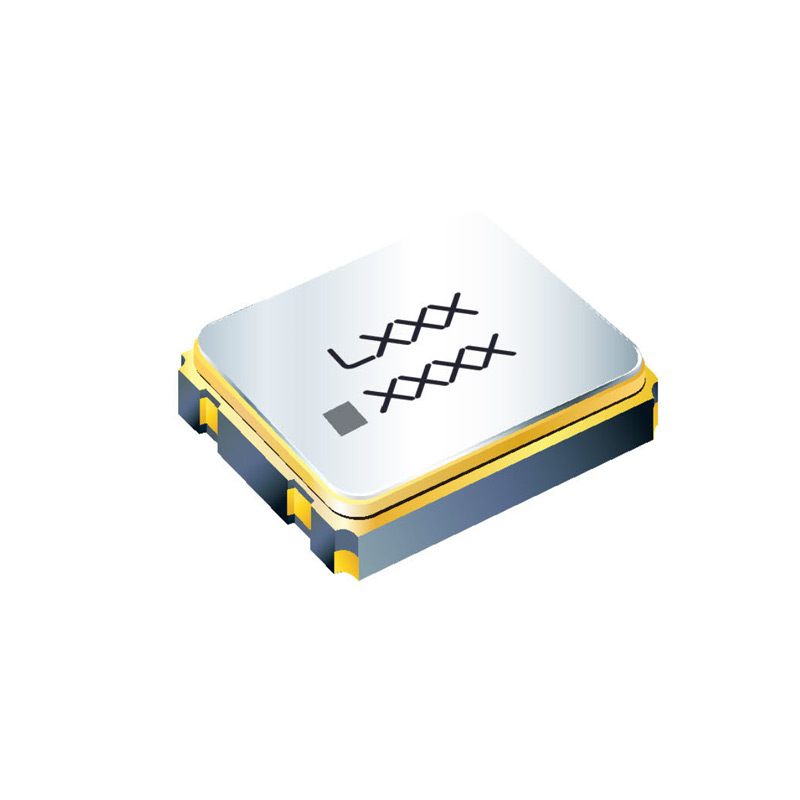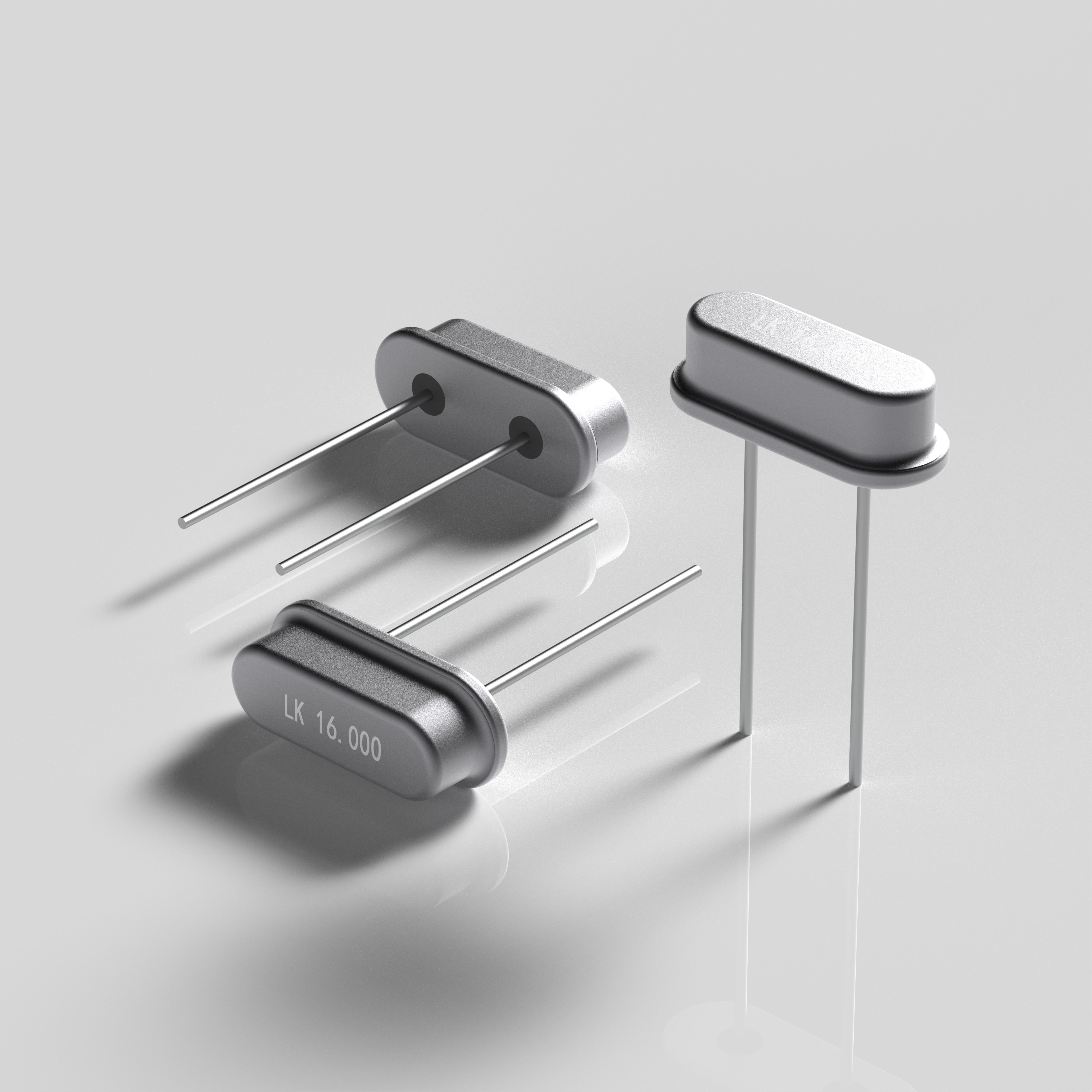Unveiling the Distinctions: CNC vs. Traditional Machining
3 min readIn the realm of manufacturing, two prominent methods have revolutionized the industry: CNC (Computer Numerical Control) and traditional machining. While both techniques involve the shaping of materials, they differ significantly in terms of process, precision, efficiency, and versatility. This article aims to delve into the intricacies of CNC and machining, highlighting their disparities and showcasing their respective advantages and applications.
- Understanding Traditional Machining:
Traditional machining, also known as conventional machining, refers to the process of shaping materials through manual control or mechanical means. This technique encompasses various methods such as turning, milling, drilling, grinding, and sawing. Skilled operators utilize tools like lathes, drills, and milling machines to remove excess material and achieve the desired shape or finish. Traditional machining relies heavily on the operator's expertise, experience, and manual adjustments, making it a time-consuming and labor-intensive process. - Unveiling CNC Machining:
CNC machining, on the other hand, represents a paradigm shift in manufacturing. It involves the use of computer-controlled machines that precisely execute pre-programmed instructions. These instructions, often created using Computer-Aided Design (CAD) software, dictate the tool's movements, cutting paths, and speed. CNC machines, such as mills, lathes, routers, and grinders, are equipped with motors, sensors, and actuators that automate the machining process. This automation enhances accuracy, repeatability, and efficiency, reducing human error and enabling complex geometries to be produced with ease. - Key Differences:
3.1 Automation and Precision:
One of the primary distinctions between CNC and traditional machining lies in automation and precision. CNC machines operate with exceptional accuracy, as they follow pre-programmed instructions down to the micrometer level. Conversely, traditional machining relies on the operator's skill and manual adjustments, which may introduce slight variations and limitations in precision.
3.2 Flexibility and Versatility:
CNC machining offers unparalleled flexibility and versatility compared to traditional methods. With CNC, a single machine can perform multiple operations, eliminating the need for separate setups and reducing production time. Additionally, CNC machines can effortlessly switch between different tasks, enabling rapid prototyping and efficient production of complex components. Traditional machining, while capable of producing high-quality results, often requires dedicated setups and specialized tools for each operation.
3.3 Complexity and Learning Curve:
Mastering traditional machining techniques demands years of experience and expertise. Skilled operators must possess an in-depth understanding of various tools, materials, and machining processes. In contrast, CNC machining requires proficiency in CAD/CAM software and programming languages. While the learning curve for CNC programming may be steeper initially, it offers greater control, repeatability, and scalability once mastered.
- Applications and Industries:
CNC machining has found extensive applications across diverse industries, including aerospace, automotive, medical, electronics, and prototyping. Its ability to produce intricate designs, tight tolerances, and complex geometries makes it indispensable in the production of aircraft components, surgical instruments, electronic enclosures, and customized parts. Traditional machining, with its emphasis on manual control, remains prevalent in certain sectors where low-volume production, repair work, or specialized craftsmanship is required.
Conclusion:
In conclusion, CNC machining and traditional machining represent two distinct approaches to material shaping. While traditional machining relies on manual control and operator expertise, CNC machining leverages automation, precision, and versatility to revolutionize the manufacturing industry. Understanding the differences between these techniques is crucial for manufacturers seeking to optimize production processes, enhance product quality, and stay ahead in today's competitive market. Embracing the power of CNC machining opens up a world of possibilities, enabling manufacturers to push the boundaries of innovation and achieve remarkable results.



